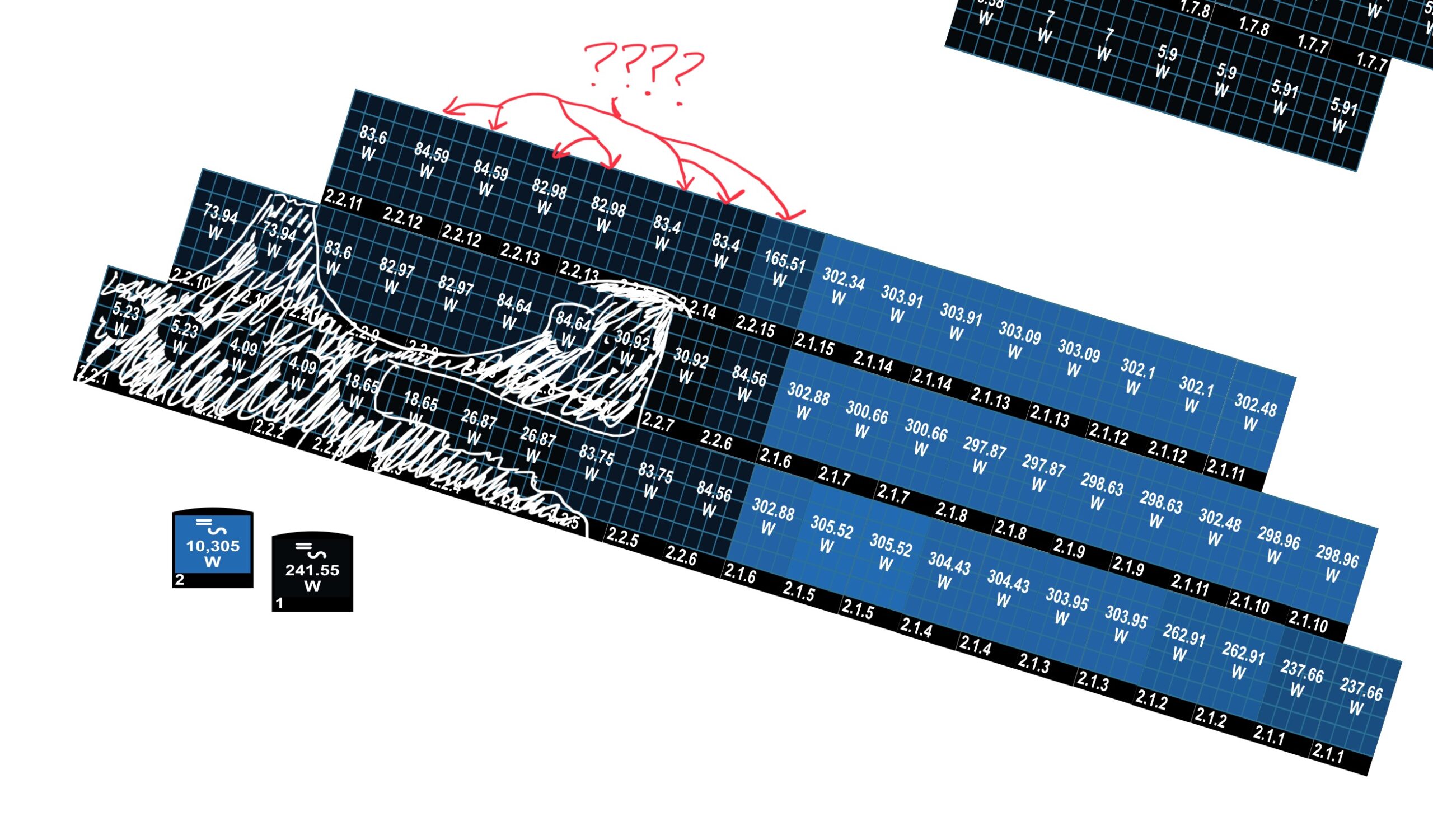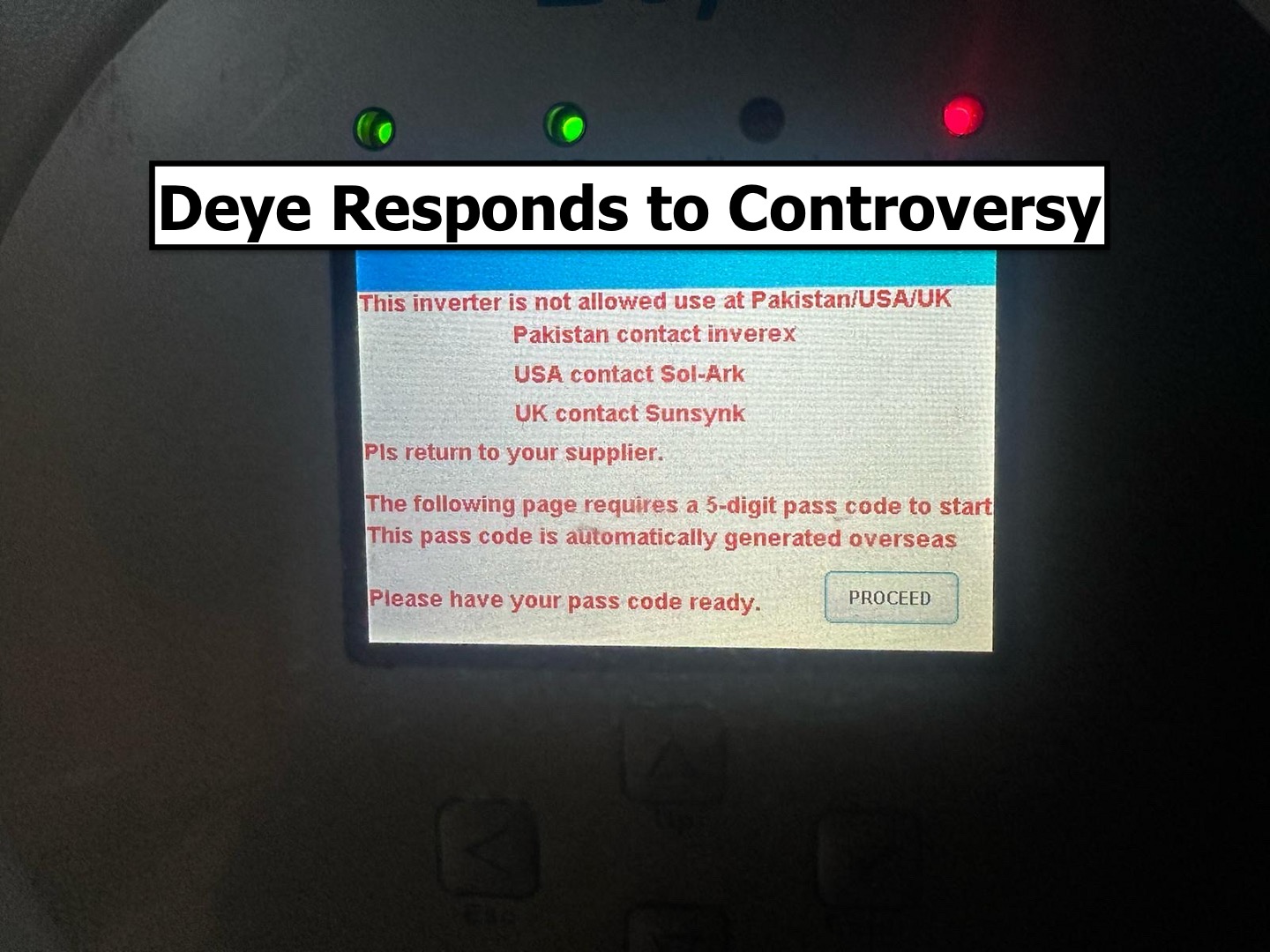Got a request from someone on TikTok recently about their PV system not working, asking if I can help troubleshoot remotely.
I like to do these things pro bono if I have the time, and so they proceeded to unpack their frustration with their solar company, which this time, just so happened to be Freedom Forever.
They said the system was not sending power to the city like it was supposed to. It was making “30-50” but only transmitting “10-15” to the grid, per day. Aside from the ~$200 a month solar bill, they’ve been paying $150-$250 a month in electric costs.
Couple of possibilities here — the first thing I thought of is voltage drop, a classic (for me) over-thinking of the situation. However, I’ve seen other large companies make similar mistakes. One that comes to mind is a Pink Energy site that didn’t account for voltage drop at all, yet ran AC wires and DC battery wires to the inverters 500 ft away at an outbuilding, reducing the useful output dramatically. However, after looking at the drawing for this customer, I concluded that the short wire runs meant that voltage drop was unlikely.
There were some possibilities raised by an electrician, hired by this customer to do some independent investigation. The electrician noted that the voltage seemed a bit low for the inverter to produce (only 235v), and that there appeared to be an imbalance on the neutral.
This illustrated to me that most electricians still have no idea what they’re talking about, either about solar or electricity in general. Most inverters have a wide range of voltage compatibility (I believe SolarEdge inverters can operate in low 210s), and the imbalance on the neutral is simply almost always going to happen if you have any 120v loads in the house at all.
It was clear I needed to get some history on this site to further evaluate.
I gained access to their SolarEdge login and checked out the data. Over the course of the last several years, the production had remained very consistent, despite a couple springs where it was down for a couple months while they were trying to get an inverter replaced. The DC array is a bit over 11kW with a 10kW inverter, and given that sizing decision, the array seemed to produce what I’d expect, occasionally peaking at 10kW AC production in May. The inverter was also reporting a similar voltage to what the electrician reported at the main panel, which indicates there are no voltage drop issues.
The only alternative then, is that there’s simply not enough solar to fully offset the electrical usage of the property.
Was the customer not informed, or did the customer forget? Well, the customer gave me as many documents about the system as they could. I pored through the contracts and project manager reports, eager to see if Freedom Forever gave the customer any indication about how much the system would produce, vs how much energy they were using.
Nowhere did I find a single indication that Freedom Forever even asked for an electric bill.
Maybe they did, and maybe there was some sales documentation that was missed in what was sent to me. But my suspicion is that Freedom never educated the customer at ALL about what their solar would actually do for them. I come from companies that put details in the initial quotes to their customers: how their current usage lined up with what their solar would produce over the course of the next 15-20 YEARS, what percentage would be covered, and how much projected money they would save by switching to solar. Real, reference-able projections about what they could expect from their power bills over the next years. This information was in contract documentation as well as initial estimates.
Did we still have people misunderstanding how the solar worked? Sure, people will often not read anything you give them. But there was a reasonable effort made. The paperwork that I saw from Freedom was almost negligent in how difficult it was to scan for useful information.
If you, as a solar company, do not start to educate your customer as best you can on the front end, you are guaranteed to fail your customer on the back end. There will always be customers that don’t listen or don’t understand, but you have to still try.
If you don’t, your warranty and service team have to re-sell the system you already sold, back to your customer. Not monetarily, but emotionally. They’re frustrated, they’re ready to give you bad reviews on Google, and service ends up doing the work of talking your customer through their electric bill and answering the question, “Why didn’t anyone explain this to me at the beginning?”
It’s been 4-5 years since this system was installed. Maybe their process is different now. I HOPE their process is different now.













